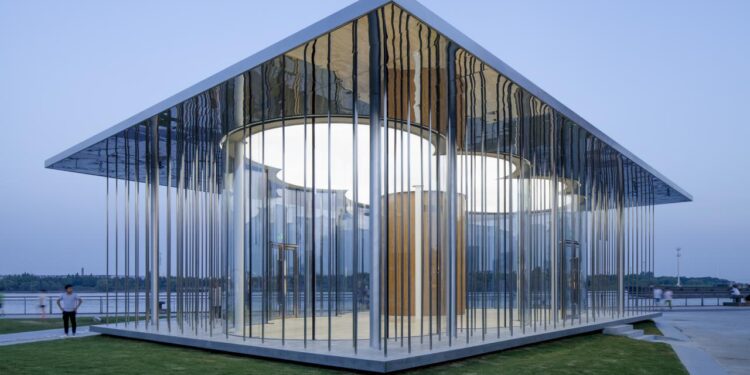With pavilion architecture taking center stage, this narrative unfolds a fascinating journey into the realm of architectural wonders, promising to unveil a world of creativity and innovation.
As we delve deeper into the intricacies of pavilion architecture, a rich tapestry of history, design, and cultural significance unfolds, offering a fresh perspective on these distinctive structures.
Overview of Pavilion Architecture
Pavilion architecture is a unique and significant form in the architectural world, characterized by its temporary or semi-permanent nature and distinct design features. Pavilions serve various purposes, such as hosting events, exhibitions, or providing shelter in public spaces.
Historical Evolution of Pavilions
Pavilions have a rich historical evolution dating back to ancient times when they were used as temporary structures for gatherings, ceremonies, or as resting places. In medieval Europe, pavilions were associated with royalty and nobility, serving as luxurious retreats during outdoor activities.
Key Characteristics of Pavilion Architecture
- Pavilions are often lightweight and portable structures, allowing for easy assembly and disassembly.
- They are designed to be visually striking, with unique shapes, materials, and ornamentation.
- Pavilions typically have open sides or large openings to create a connection with the surrounding environment.
- These structures can vary in size, from small intimate pavilions to large-scale temporary buildings for exhibitions.
Types of Pavilion Structures
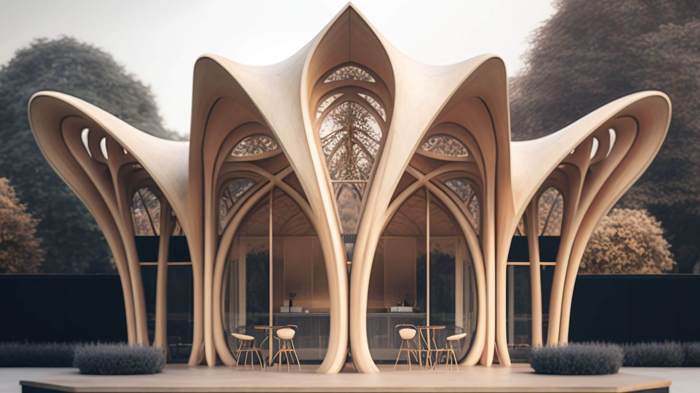
When it comes to pavilion architecture, there are various types of structures that can be explored, each with its unique features and design elements.
Temporary Pavilions
Temporary pavilions are designed to be easily assembled and disassembled, making them ideal for events, exhibitions, or festivals. These structures often showcase innovative designs and materials, serving as temporary focal points for various activities.
- Example: The Serpentine Gallery Pavilion in London, which features a different architect every year, creating a unique and temporary architectural masterpiece.
Permanent Pavilions
Permanent pavilions are built to last and serve as enduring architectural landmarks. These structures are carefully planned and constructed to withstand the test of time, often incorporating elements of traditional or modern design.
- Example: The Barcelona Pavilion, designed by renowned architect Ludwig Mies van der Rohe, is a timeless example of modernist architecture that continues to inspire designers and architects worldwide.
Traditional Pavilion Designs
Traditional pavilions draw inspiration from cultural and historical references, incorporating elements that reflect a specific heritage or architectural style. These structures often showcase intricate details and craftsmanship, highlighting the rich cultural heritage of a particular region.
- Example: The Tea House Pavilion in Japan, known for its traditional Japanese architecture and tranquil garden setting, embodies the essence of traditional pavilion design.
Modern Pavilion Designs
Modern pavilions push the boundaries of architectural innovation, experimenting with new materials, technologies, and forms. These structures often challenge traditional notions of space and function, creating dynamic and visually striking architectural statements.
- Example: The Water Cube in Beijing, originally built for the 2008 Olympics, showcases a futuristic design inspired by the geometry of water molecules, creating a visually stunning modern pavilion structure.
Elements of Pavilion Architecture
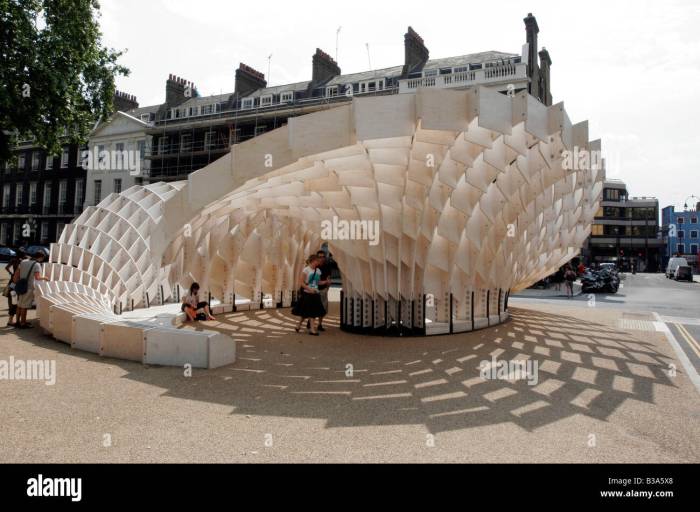
The essence of pavilion architecture lies in its unique elements that come together to create stunning structures that blend seamlessly with their surroundings.
Materials, Shapes, and Spatial Arrangements
Pavilion architecture often utilizes a combination of lightweight and durable materials such as steel, glass, and wood to create intricate designs. The shapes of pavilions can vary from traditional geometric forms to more organic and fluid structures, depending on the architect's vision.
Spatial arrangements in pavilion design play a crucial role in creating an inviting and functional space for various activities and events.
Use of Light and Space
Light is a key component in pavilion architecture, as architects often use natural light to enhance the ambiance and create a sense of openness within the structure. By strategically placing windows, skylights, and other openings, pavilions can have a dynamic interplay between light and shadow, adding depth and visual interest to the space
The utilization of space in pavilion design is equally important, with architects carefully planning the layout to maximize functionality while maintaining a sense of airiness and fluidity.
Integration with Nature and Surroundings
Pavilion architecture is known for its ability to seamlessly integrate with nature and surroundings, often blurring the lines between indoor and outdoor spaces. By incorporating elements such as green roofs, natural landscaping, and open-air structures, pavilions can create a harmonious relationship with the environment.
This integration not only enhances the overall aesthetic appeal of the pavilion but also allows visitors to connect with nature on a deeper level, creating a truly immersive experience.
Design Considerations in Pavilion Architecture
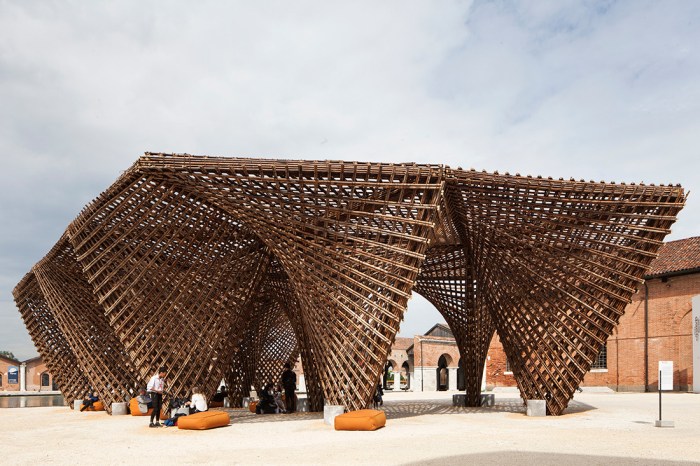
When architects embark on designing pavilions, they take into account various factors that shape the final outcome. These design considerations play a crucial role in creating a structure that not only meets the functional requirements but also resonates with the surrounding environment and cultural context.
Purpose, Location, and Cultural Context
One of the key considerations in pavilion architecture is understanding the purpose of the structure. Whether it is meant to serve as a temporary event space, a gathering area, or a showcase for art, the intended use will heavily influence the design.
Architects also carefully assess the location of the pavilion, taking into consideration factors such as site topography, climate conditions, and accessibility. Moreover, the cultural context of the area where the pavilion will be situated plays a significant role in determining the design aesthetic and materials used.
Sustainability and Eco-Friendly Design Practices
With a growing focus on sustainable architecture, architects are incorporating eco-friendly design practices into pavilion structures. This includes the use of renewable materials, energy-efficient systems, and green technologies to minimize environmental impact. By integrating sustainable features into pavilions, architects not only reduce the carbon footprint of the structure but also promote awareness of environmental conservation.
Challenges in Pavilion Structure Design
Architects face several challenges when designing pavilions, including balancing form with function, creating a visually striking yet structurally sound design, and ensuring the longevity of temporary structures. Additionally, meeting the requirements of various stakeholders, adhering to budget constraints, and navigating regulatory approvals can pose challenges during the design process.
Overcoming these obstacles requires innovative thinking, collaboration with engineers and builders, and a deep understanding of the project requirements.
Cultural Significance of Pavilion Architecture
Pavilion architecture holds a deep cultural significance as these structures often reflect the identities, traditions, and values of a particular society or community. They serve as symbols of cultural pride and heritage, showcasing unique architectural styles and design elements that are specific to different regions around the world.
Role of Pavilions in Hosting Cultural Events
Pavilions play a crucial role in hosting various cultural events, exhibitions, and gatherings. These spaces provide a platform for communities to come together, celebrate their traditions, and share their cultural practices with others. Whether it's a music festival, art exhibition, or food fair, pavilions serve as focal points for cultural exchange and interaction.
Adaptation to Different Cultural Contexts
Pavilion architecture exhibits a remarkable ability to adapt to different cultural contexts and influences. From traditional Chinese pagodas to modern European pavilions, these structures incorporate unique design elements, materials, and construction techniques that are reflective of the cultural background in which they are situated.
Whether it's the use of vibrant colors, intricate patterns, or symbolic motifs, pavilions embody the essence of the cultures they represent.
End of Discussion
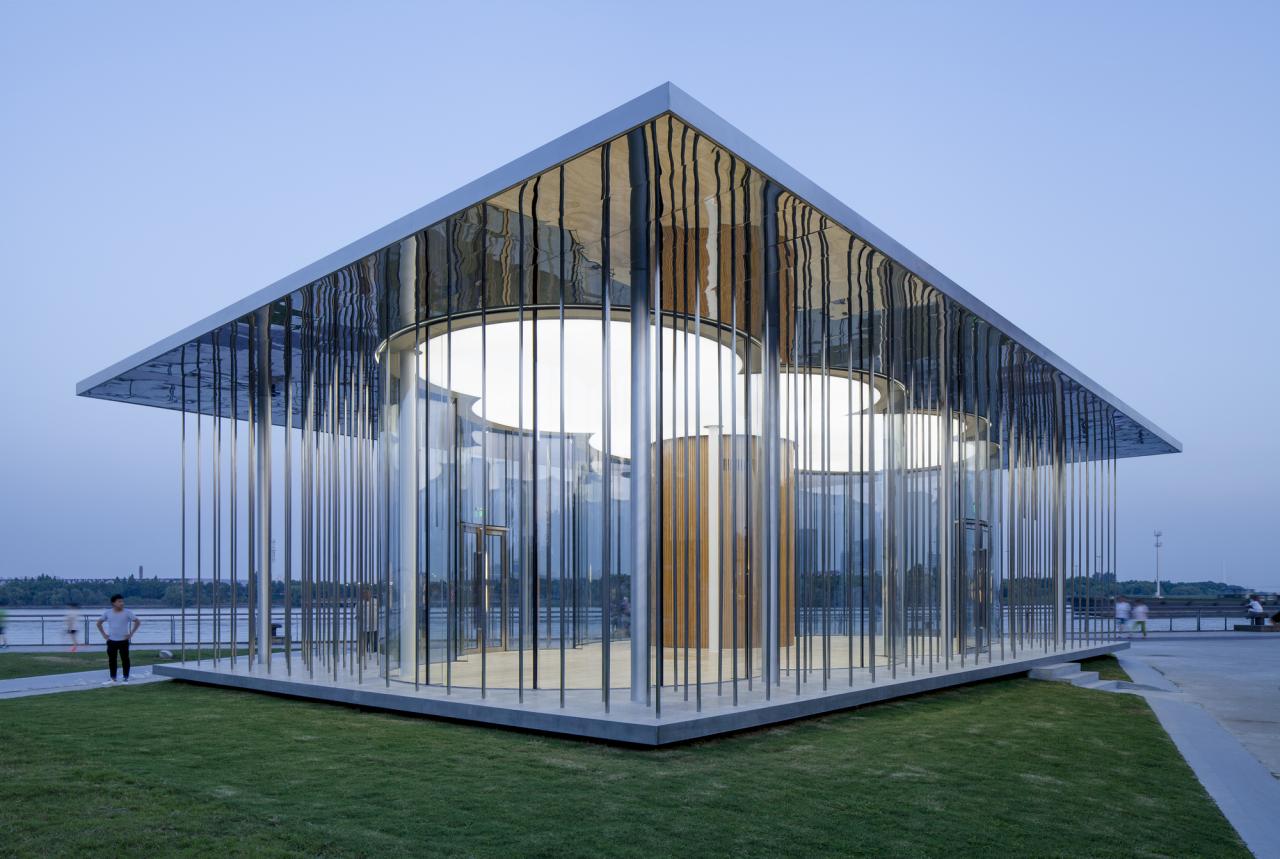
In conclusion, pavilion architecture stands as a testament to human ingenuity and creativity, blending tradition with modernity in a harmonious dance of design. As we bid adieu to this exploration, may the allure of pavilions continue to inspire future architectural endeavors.
Detailed FAQs
What materials are commonly used in pavilion architecture?
Materials such as steel, glass, wood, and fabric are frequently used in pavilion structures to achieve different design aesthetics and functionalities.
How do architects incorporate sustainability in pavilion design?
Architects often integrate eco-friendly practices such as using renewable materials, optimizing natural lighting, and implementing energy-efficient systems to enhance the sustainability of pavilion architecture.
What cultural events are typically hosted in pavilions?
Pavilions often host cultural festivals, art exhibitions, music performances, and other events that celebrate and showcase diverse cultural traditions and expressions.

